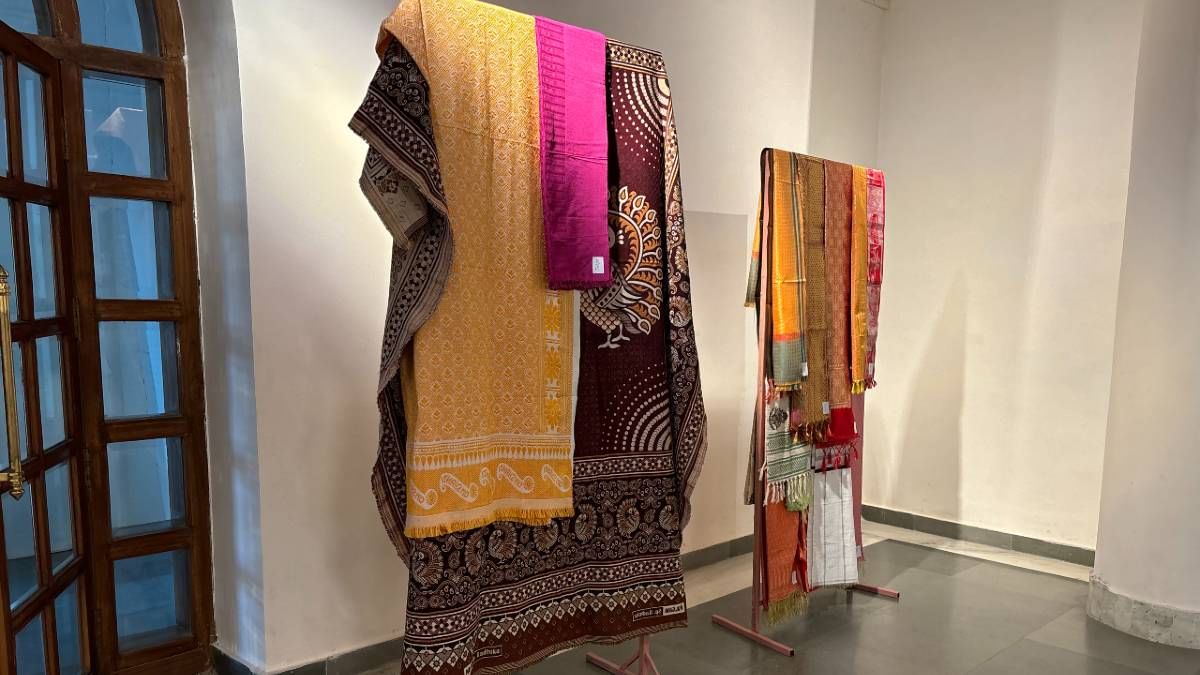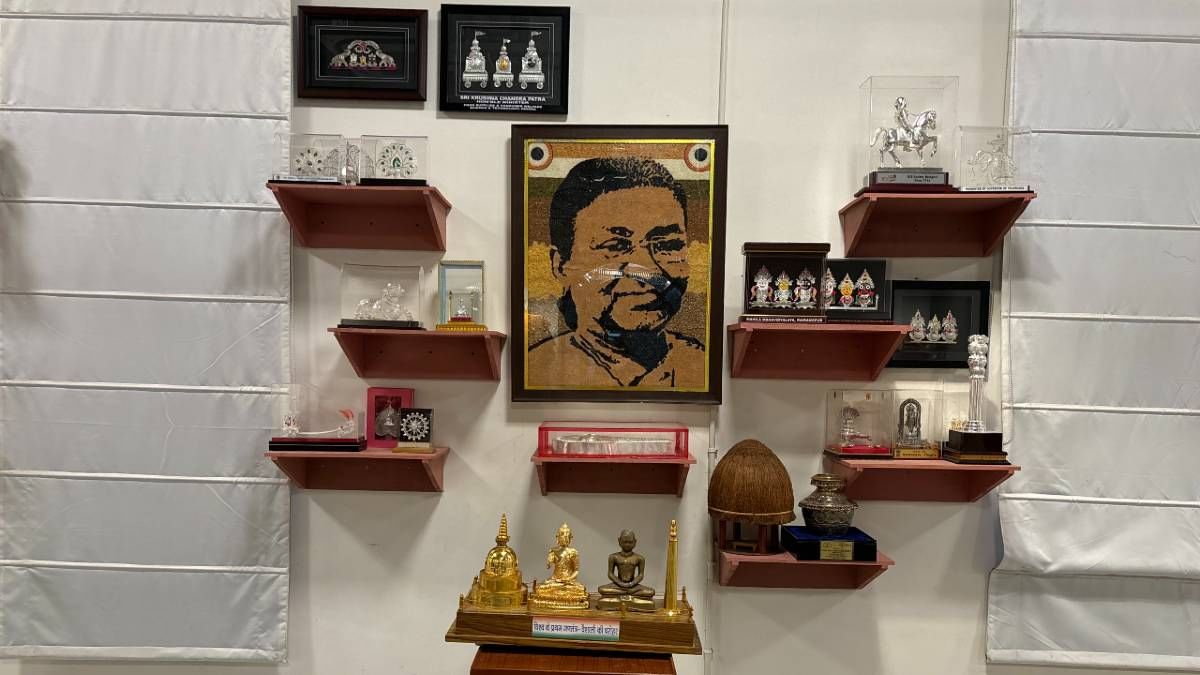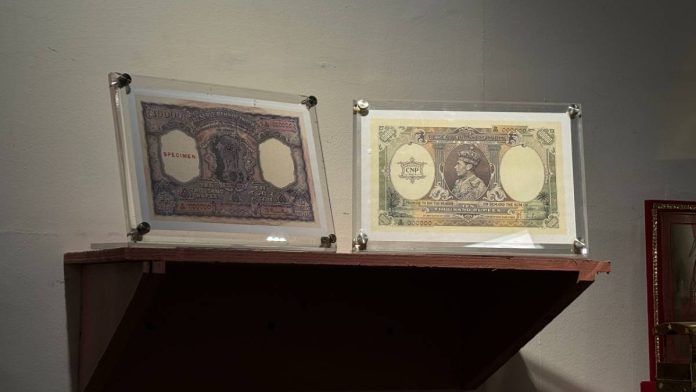New Delhi: A 300-metre walk from Gate 30 of the President’s official residence brings you to the Rashtrapati Bhavan Museum, a set of identical marble buildings surrounded by lush gardens. Stand between the two buildings, and right in your line of sight is the iconic Rashtrapati Bhavan.
Rashtrapati Bhavan Museum, the first underground museum of India, was established by then President Pranab Mukherjee in 2014 and was opened to the public in 2016.
In a remote corner of the museum are a few selected items on display that were gifted to the last five Presidents of India—A.P.J. Abdul Kalam, Pratibha Patil, Pranab Mukherjee, Ram Nath Kovind and Droupadi Murmu. These items, 260 in number, are being auctioned by Rashtrapati Bhavan through the E-Upahaar portal.
The e-auction was inaugurated by President Murmu on 25 July. It officially began on 1 August and bidding is set to end on 30 September.
An official at the museum told ThePrint that the selection of items for auction was done by a committee that restricted the e-auction to artefacts and mementos gifted to the last five presidents. Items gifted by foreign dignitaries were not part of the e-auction.
Two rare Rs 10,000 specimen banknotes gifted to Mukherjee in 2015 are drawing traction at the ongoing e-auction. The first is a post-Independence note that was reintroduced in 1954 and discontinued in 1978.
It carries the Ashoka Pillar emblem above the word Bombay, the signature of then Reserve Bank of India Governor B. Rama Rau, ‘TEN THOUSAND RUPEES’ printed in English and Hindi and the word ‘SPECIMEN’ and serial number ‘000000’. With a base price of Rs 5,000, bidding has already surged to Rs 18.41 lakh.
The second, issued in 1935 by King George VI and reissued in 1950, is printed in brown and green tones with the word ‘SPECIMEN’ and serial number ‘000000’. This note too opened at a base price of Rs 5,000 and has climbed to Rs 7.8 lakh.
Among the 260 items listed for the e-auction, a surprising 81 are still waiting for their very first bid. Interestingly, the majority of these unsought items are textile pieces—angvastras—presented to President Murmu.

These are shawls with intricate works of art showcasing traditional embroidery styles unique to states across India. Despite their cultural and artistic value, their base price of Rs 12,500 seems yet to draw the attention of bidders.
It’s not just the textiles that remain untouched. Several articles inspired by religious deities, miniature replicas of temples, and paintings gifted by schools and state officials also await takers. With base prices starting from Rs 5,000 and soaring up to several lakhs, these items add diversity to the auction catalogue.

There are also at least six items made of silver that have not piqued bidders’ interest. These include a memento of Rani Chennamma of Kittur (an erstwhile princely state in present-day Karnataka), riding a horse with a sword in her hands. Weighing 3.5 kg, the memento is 35 cm tall and is enclosed in a glass box. With a base price of Rs 4,02,500, it’s one of the most expensive gift items featured in the auction.
This is the second edition of the e-auction; the first was conducted last year, around the same time, through the same E-Upahaar website with approximately the same number of items.
The aim of last year’s e-auction was to increase citizen engagement and support noble causes. All proceeds from the auction were donated to help children in need.
On the usage of proceeds from this year’s auction, the museum official said: “They will be used for children and women empowerment as mentioned on the portal. Last year, proceeds went to children in need, but this time women empowerment is also included.”
Kasturi Walimbe and Ojas Jaiswal are alum of ThePrint School of Journalism, currently with ThePrint.
(Edited by Nida Fatima Siddiqui)






